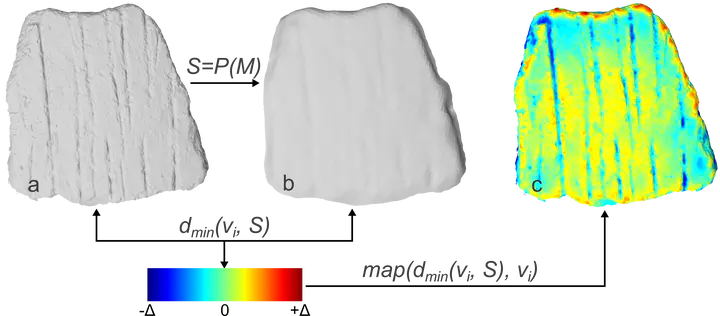3D imaging application to the study of the early Neolithic ceramic complex: the decorated pottery of Rio Tana (Abruzzi, Italy)

Abstract
This study aims to demonstrate the potential of 3D analysis in the study of prehistoric ceramic complexes. Due to the production systems used, prehistoric pottery decorations can vary significantly. Examining the frequency of various decorative methods used at different sites may help identify areas potentially connected to specific traditional elements. However, this is usually a cumbersome and time-consuming task. 3D digital methodologies can bring several advantages in the interpretation of ceramic decoration, providing new tools that can improve analytical skills, speed up the decision process, and support the researcher’s conclusions. This work focuses on the application of these methodologies to the study of decorated ceramics from the Neolithic site of Rio Tana (Abruzzo, central Italy): firstly, a pottery complex from this site has been 3D digitised; then, an interactive and web-based 3D visualisation system has been developed to enable access and study of these digital data. By comparing archaeological data with experimental data, in parallel with the analysis of 3D models’ surfaces, it has been possible to better define the technique employed and quickly identify the type of tool used to create the ceramic decorations. Furthermore, the web-based system made it possible to share and disseminate the digital dataset with the community, creating the conditions to make it easier to compare the frequency of different decoration methods and tools used at Rio Tana with other sites.